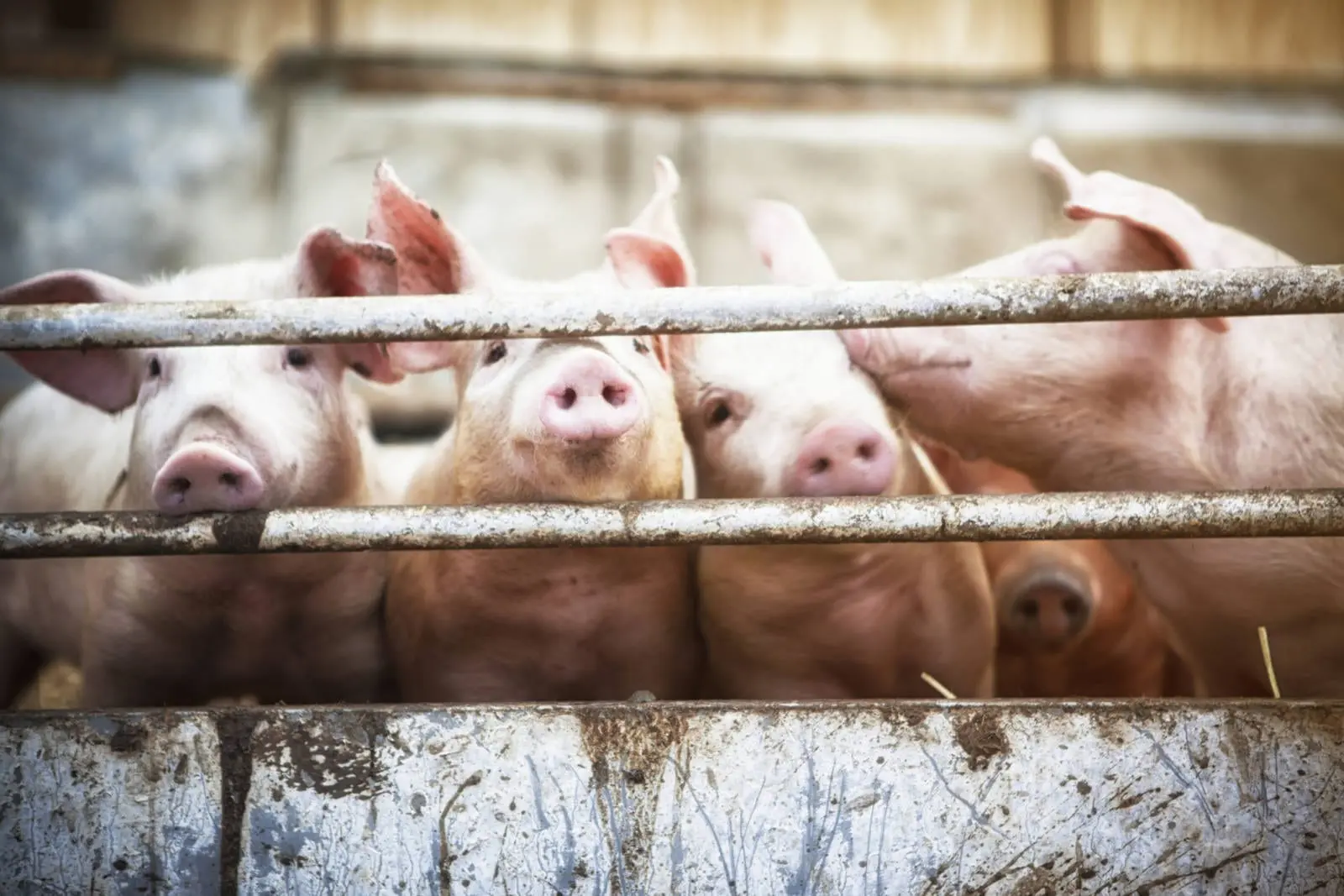In an effort to continue strong relationships with the Russian swine industry, the U.S. Soybean Export Council (USSEC) participated in the International Pig Conference in Moscow, Russian Federation as 2020 came to a close. Hosted virtually this year, the event drew in over 850 from 60 regions of Russia and fifteen foreign countries.
Representatives of regional departments in the agro-industrial complex, pig breeding companies, small forms of ownership, research and educational institutions, and other stakeholders in the Russian swine industry attended the 2020 International Pig Conference. Attendees participated in seven sessions, at which 46 speakers took the floor, detailing a wide range of issues including high-quality protein and U.S. Soy.
Today, Russia is the fifth-largest pork producer in the world. According to the National Union of Swine Breeders, pig farming is one of the most technologically advanced branches of agriculture in Russia. In his keynote presentation, Dr. Yuri Kovalev, General Director of the National Union of Swine Breeders of Russia, reported that the country has reached self‑sufficiency in pork. As such, the target of the Russian swine industry has transitioned to satisfy the demand of the local market and to increase pork exports.
Pork is the main driver of production growth among all types of meat in Russia. The number of pigs at the end of June 2020 amounted to 218.15 million head, an increase of 6.56 percent compared to the end of 2019. According to the forecast of the National Union of Swine Breeders, by 2025, the total production of pigs for slaughter is estimated to be 6 million tons in live weight, almost 2 million tons more than in 2019.
This growth in the Russian swine industry presents an opportunity for U.S. Soy. Throughout the conference, USSEC focused on the U.S. Soy advantage in animal diets using recently weaned pigs as a model.
USSEC Consultant Dr. Gonzalo Mateos presented information on feeding programs for piglets used in Spain after the ban of feed antibiotics for “no antibiotics ever” (NAE) piglets. Mateos presented both science and practice-based data on the importance of changes in piglet diets for optimizing digestive health. Such diets are formulated with a low crude protein and calcium content, but with a high level of inert fiber.
Mateos emphasized the importance of choosing high-quality protein sources for use in piglet diets, with a focus on quality control, energy content and soy differentiation by bean origin.
The conference also featured a presentation by Jim Long, President of the Genesus Inc. Long explained that there were two “black swans” that influenced the swine market in 2020: COVID-19 and African Swine Fever.
Attendees walked away with a better understanding of both the industry and the value of high-quality U.S. Soy.

